Beautiful — a new treatment to cure repeatable occurrences of blood related cancers.
New Cancer Therapy Could Give Hope To ‘Incurable’ Patients.
This could be the future of cancer treatment.
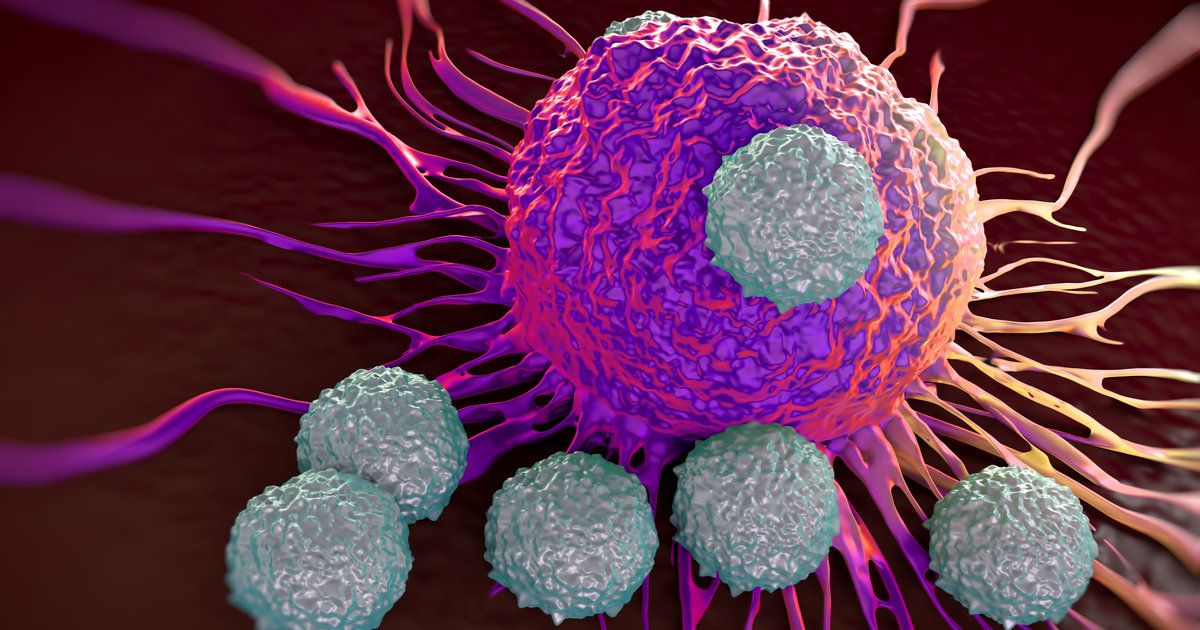
Beautiful — a new treatment to cure repeatable occurrences of blood related cancers.
New Cancer Therapy Could Give Hope To ‘Incurable’ Patients.
This could be the future of cancer treatment.

MIAMI, Sept. 10 (UPI) — The first patient to receive therapeutic delivery of islet cells in a new diabetes study no longer needs insulin therapy to control type 1 diabetes, according to doctors at the University of Miami’s Diabetes Research Institute.
The patient, Wendy Peacock, 43, has been giving herself insulin injections to control diabetes since she was diagnosed with the condition at age 17. Since she had the minimally-invasive procedure on August 18, Peacock has been off insulin, because her body is producing it naturally, and she no longer has the dietary restrictions that accompany type 1 diabetes.
Type 1 diabetes is caused by inadvertent destruction of insulin-producing islet cells in the pancreas by the immune system. While previous experimental treatments that involved the replacement of these cells has allowed patients to live without the need for insulin-replacement therapy for up to a decade, the goal is for better delivery of the cells to make the surgical treatment permanent — effectively curing the condition.
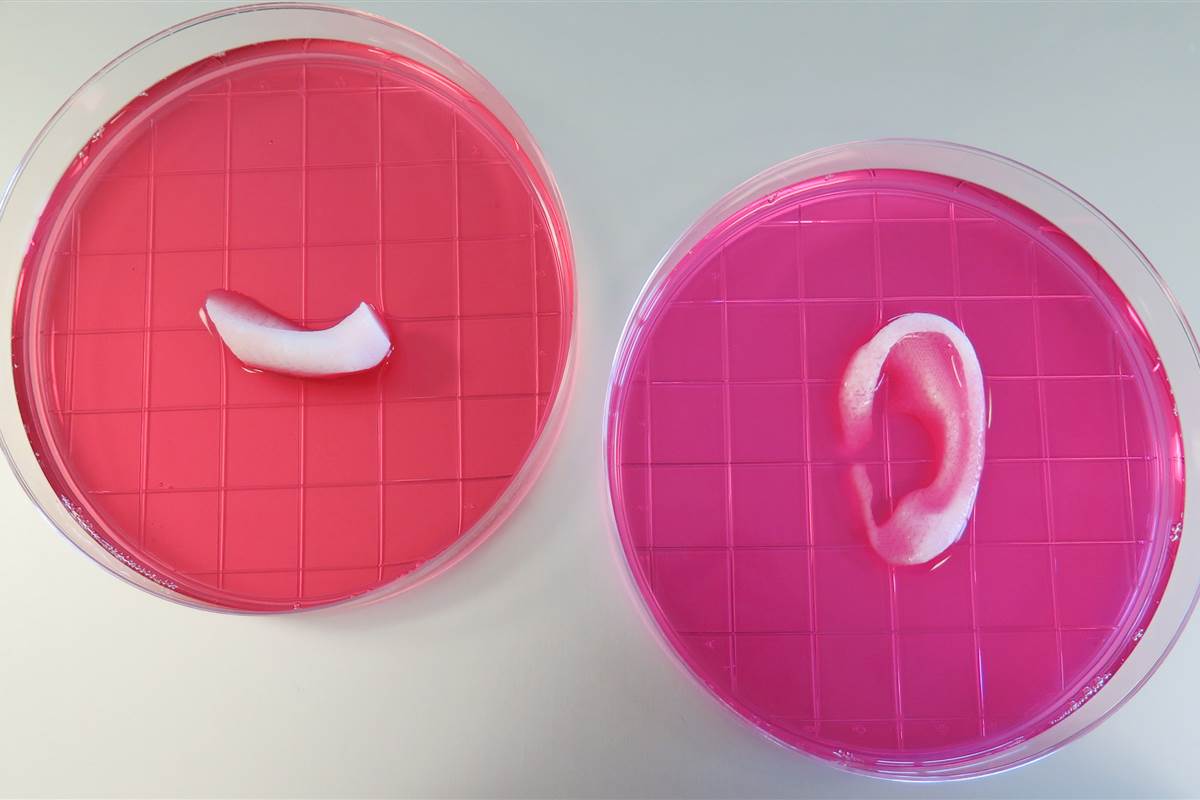
A team at Wake Forest University has used a combination of living cells and a special gel to print out living human body parts — including ears, muscles and jawbones.
It’s an advance on previous attempts, which either involved making a plastic scaffold and then trying to get cells to grow in and on it, or that printed out organ shapes that ended up being too floppy and dying.

Here is a thought — we’re already seeing criminals using drones for smuggling and hackers are enjoying holding data for ransom; what is going to happen when we add self driving cars, robots, etc. to this ever growing Cyber risks? Will we see a day that we have to register our drones and other robots with a national register and do a background check on owners because these things can be used as weapons?
“In Latin America drones are being used as part of the War on Drugs as both regional governments and the US are using surveillance drones to monitor drug trafficking and find smuggling routes. However, as drones are increasingly being used by drug cartels themselves to transport drugs between countries, could Latin America find itself at the forefront of emerging drone countermeasures?”
Source: From surveillance to smuggling: Drones in the War on Drugs | Remote Control Project Blog.
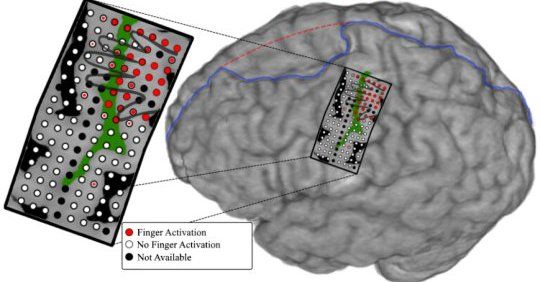
With the success of Graphene as a material for BMI plus the new micro stints that can travel through blood cells to the brain; prosthetic technology is only going to continue to improve to maybe even a point where some athletes may wish to have physical and endurance capabilities improved through this type of technology if it is approved and allowed by the various athletic associations.
A team of researchers has demonstrated the first-ever successful prosthetic arm that can control individual fingers with thoughts.

Wonderful news for Glioblastoma patients; 2nd clinical trails is underway for the two drug combination that researchers are using to disrupt the cellular process cancer cells use to hide from the immune system and allow the immune system to recognize and attack the cancer.
The UNM Comprehensive Cancer Center has started phase 2 clinical trials, targeting glioblastoma patients.
Glioblastoma is a particularly aggressive type of brain cancer. Only about one fifth of adults diagnosed with it survive two years or more after their diagnosis, UNM researchers said.
“Unfortunately, it is also the most common form of primary brain tumor, about 70 percent of newly diagnosed primary brain tumors,” Omar Chohan, director of Neurosurgical Oncology and a part of the clinical trials team said.
A new two-drug combination, currently in use in the clinical trials, might help people diagnosed with glioblastoma to fight the disease, according to a UNM Comprehensive Cancer Center press release.
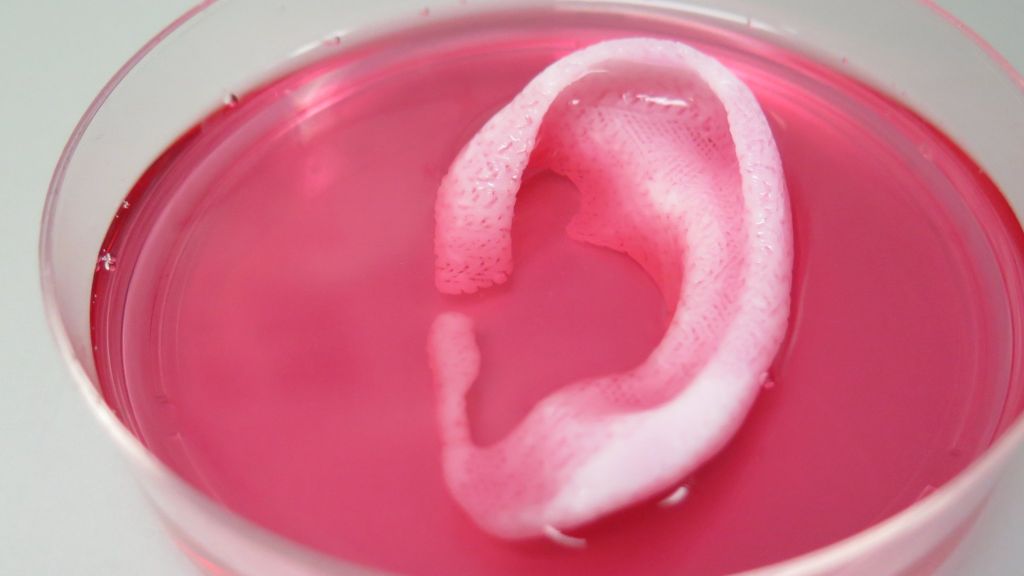
Custom-made, living body parts have been 3D-printed in a significant advance for regenerative medicine, say scientists.
The sections of bone, muscle and cartilage all functioned normally when implanted into animals.
The breakthrough, published in Nature Biotechnology, raises the hope of using living tissues to repair the body.
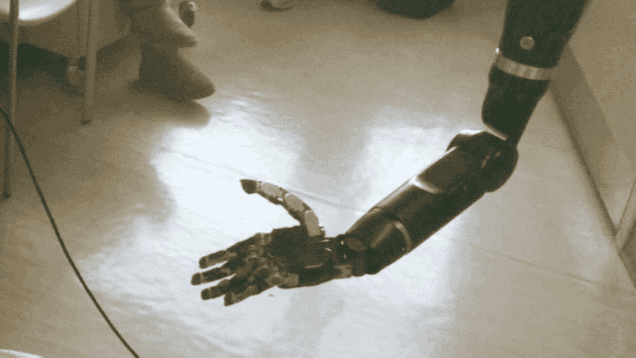
Amazing.
The Singularity isn’t NEAR…
It’s in progress.
For the first time ever, researchers have successfully demonstrated a system that enables a person to move the individual fingers of a prosthetic hand using just their thoughts.
To test the device, scientists at Johns Hopkins University recruited the help of an epilepsy patient who was preparing for surgery to pinpoint the source of his seizures. (The patient himself was not missing a limb.) The scientists used the same electrode array implanted in his brain to control the prosthetic limb. After mapping the parts of the brain responsible for individual finger control movements, the researchers programmed the prosthesis to move the corresponding finger. The details of the experiment can now be found in the Journal of Neural Engineering.
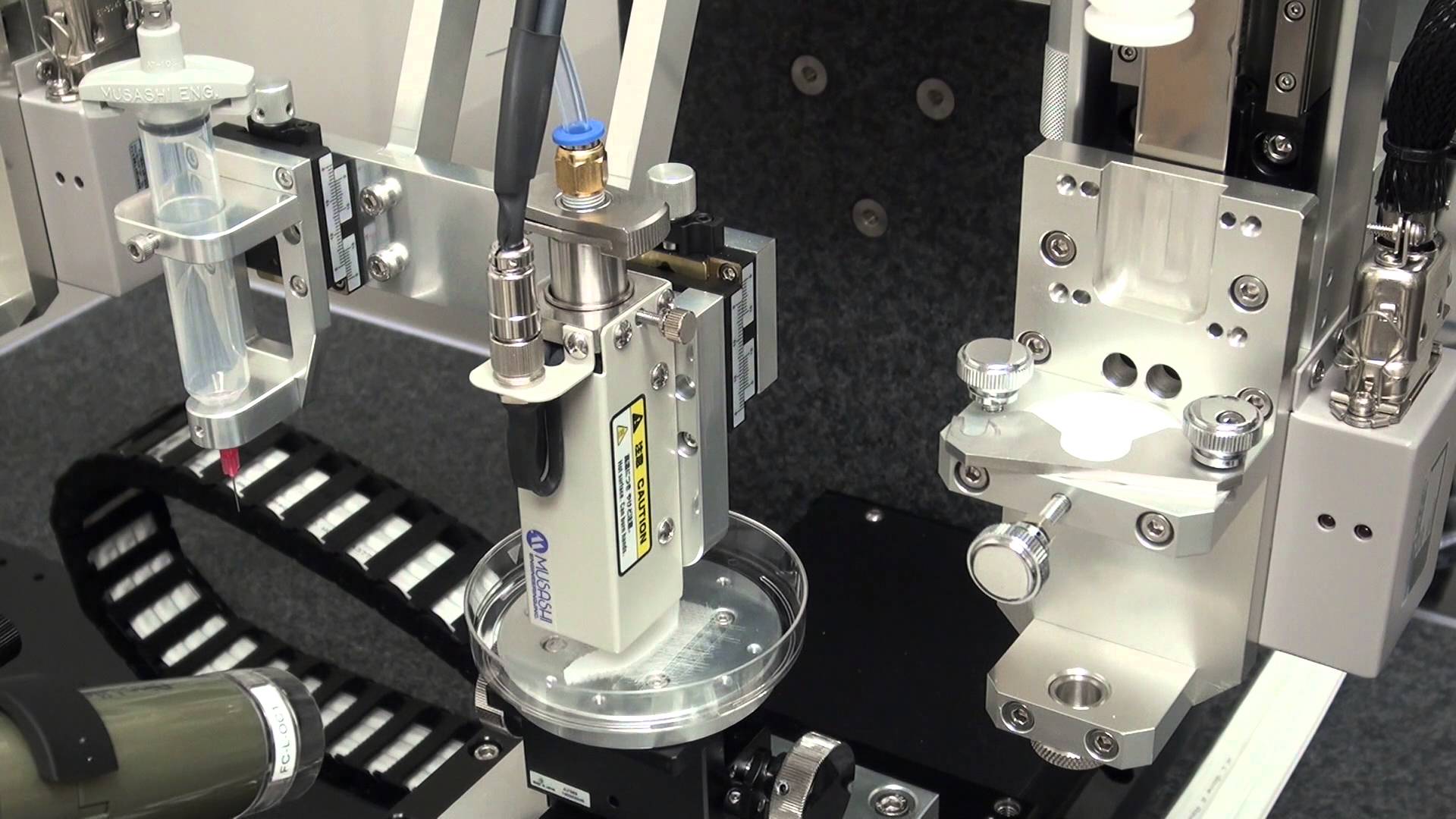
https://youtube.com/watch?v=TAYHs-iZHWU
A bioprinter – a three dimensional printer that uses living cells in suspension as its ink, and injection nozzles that can follow a CT scan blueprint – brings the dream of transplant surgery a step nearer: a bespoke body part grown in a laboratory and installed by a robot surgeon.
Scientists and clinicians began exploring tissue culture for transplant surgery more than 20 years ago. But researchers in the US report in Nature Biotechnology that they have harnessed a sophisticated, custom-designed 3D printer to print living muscle, cartilage and bone to repair battlefield injury.
The printed body parts so far have been tested only in laboratory animals. But tested organs have the size, structure and function for human use: once transplanted, they could be colonized by blood vessels and begin to grow and renew themselves normally. The study was backed by the US Armed Forces Institute for Regenerative Medicine.

Doctors are using virtual reality to treat hospital patients.